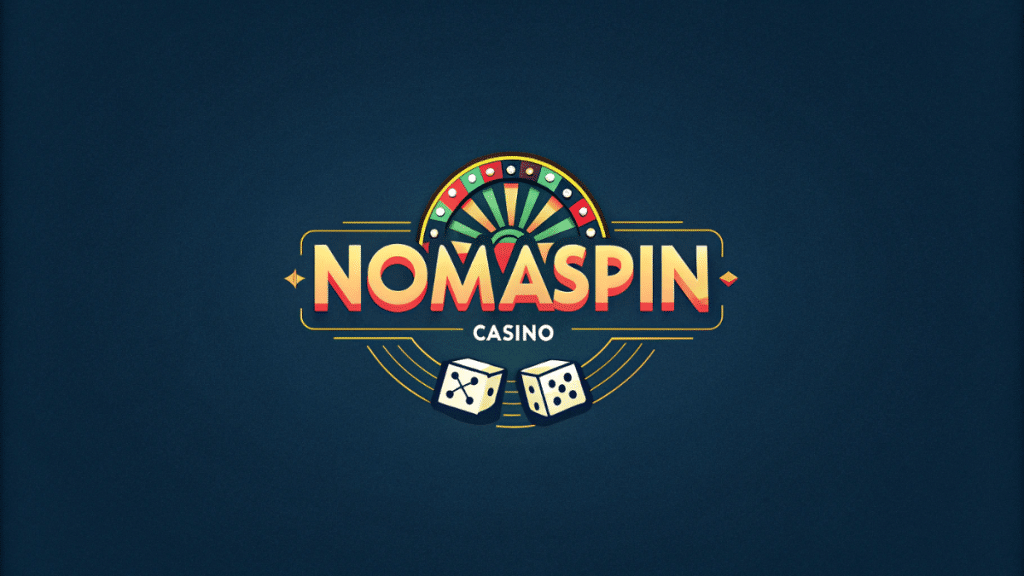Designing for the Mind, Not Just the Eye
In the age of digital abundance, every swipe, scroll, and spin is meticulously crafted. From the glow of a notification badge to the pacing of a slot machine’s reel, modern interfaces are no longer just about aesthetics — they’re about neurochemistry.
The field of neurodesign — where psychology meets user experience — is rapidly evolving, and with it, our understanding of how digital platforms affect the brain’s dopamine system. At its core is one simple idea: the way something looks and feels changes the way we behave.
Platforms like Nomaspin Casino understand this implicitly. Their design doesn’t just deliver functionality — it delivers emotion, attention, and, critically, anticipation. But what’s the cost of being constantly “engaged”?
Dopamine 101: The Brain’s Motivational Engine
Before we dive deeper, it’s worth clarifying what dopamine really does. It’s not the “pleasure chemical” it’s often called. Dopamine is better understood as a neurotransmitter related to wanting, not liking. It fuels motivation, goal-setting, and learning through feedback loops.
In other words: dopamine is released not only when we get a reward — but when we expect one.
This makes it fertile ground for digital products that thrive on user engagement. Think of:
- Slot machines delivering near-misses
- Social media platforms flashing “likes”
- Video games offering unlockables after incremental progress
Each of these is engineered to trigger a dopamine drip — not flood — which keeps users returning without fully satisfying them.
The Architecture of Anticipation
Neurodesign is often about managing tension. A good interface teases just enough reward to keep a user moving forward — without giving too much away too soon.
In environments like Nomaspin Casino, this translates to:
- Carefully timed animations that increase suspense
- Sound effects that mimic escalating stakes
- Bonus rounds with progressive reward structures
- Vibrant visual cues that feel “alive” and emotionally charged
The result is a product that doesn’t just respond to clicks — it orchestrates them. It nudges, seduces, and engages in micro-interactions that train the brain to seek more, even before realizing why.

Variable Rewards and the Dopamine Loop
At the heart of this mechanism lies variable-ratio reinforcement — a technique long used in behavioral psychology. This model delivers rewards at random intervals, making the timing unpredictable but the possibility constant.
This unpredictability is the key. It fuels:
- Compulsive checking behaviors
- Difficulty in disengaging
- The belief that “the next one” might be the win
Casinos — both online and offline — use this model extensively. At Nomaspin Casino, games leverage this with slot reels, bonus triggers, and surprise multipliers, all carefully designed to keep dopamine flowing in small, intermittent bursts.
The loop is simple:
- Action
- Anticipation
- Reward (or not)
- Repeat
Over time, the brain learns that effort is linked to potential pleasure, even if that pleasure is elusive.
Interface as Emotion Engine
Visual and auditory design play a significant role in this system. Every color choice, transition animation, and sound cue sends a signal to the brain.
- Red and gold signal urgency and value
- Smooth transitions reduce cognitive friction
- Haptic feedback creates physical reinforcement
- “Win” sounds — even for small outcomes — reinforce behavior
Neurodesign blends art with behaviorism. At platforms like Nomaspin Casino, UX specialists don’t just ask “is this usable?” — they ask “how will this make someone feel, and what will that emotion make them do next?”
It’s not about coercion — it’s about calibration.
Dark Patterns and Ethical Frontiers
Of course, there’s a shadow to this science.
When neurodesign is used to over-stimulate or prolong engagement beyond a user’s awareness, it can tip into dark pattern territory — design that exploits rather than empowers.
Some signs of problematic neurodesign include:
- Never-ending progression systems
- Loss-masking visuals (e.g., celebratory animations after losing bets)
- Deliberate friction in exit flows (making it hard to log out or pause)
Platforms like Nomaspin Casino take these questions seriously. By implementing player protection tools — including time limits, spending dashboards, and opt-out features — they place responsibility back in the user’s hands without removing the joy of play.
Neurodesign can be seductive, but it doesn’t have to be manipulative.
The Dopamine Debt: Fatigue in a Hyper-Stimulated World
As users, we’re not immune to the toll of hyper-engagement. The more we rely on digital stimuli to produce dopamine hits, the harder it becomes to find satisfaction in slower, less optimized environments.
This is known as dopamine debt — a lowered sensitivity to reward due to overstimulation.
Symptoms include:
- Shortened attention spans
- Increased craving for novelty
- Restlessness in low-stimulus environments
- Emotional flatness outside of digital contexts
The same tools that create joy can, when overused, create a sense of emotional burnout. That’s why design must balance stimulation with space — offering moments of pause, reflection, or control within the experience.
Platforms that integrate mindfulness — like Nomaspin Casino’s optional cooldown periods and transparent odds displays — help users stay grounded while still engaged.
Toward a More Conscious Interface
Neurodesign isn’t inherently good or bad. It’s a tool — one that can be wielded with care or with disregard.
The future of ethical design lies in intentional friction: moments where the product reminds users that they’re making choices, not simply reacting. Popups that ask “Are you sure you want to continue?” or gentle nudges to check balance history can go a long way.
Good design shouldn’t just keep us engaged. It should help us understand our own engagement.
As neurodesign continues to shape the way we interact with screens, it will also shape how we perceive risk, reward, and reality itself. And the more we know about how it works, the more empowered we become — not just as users, but as thinkers.
